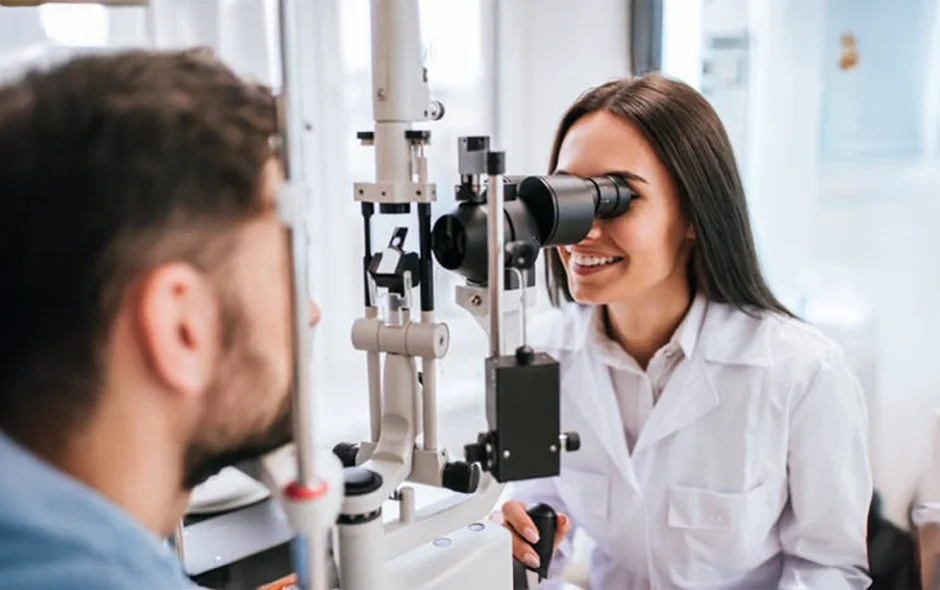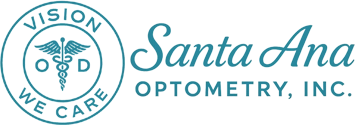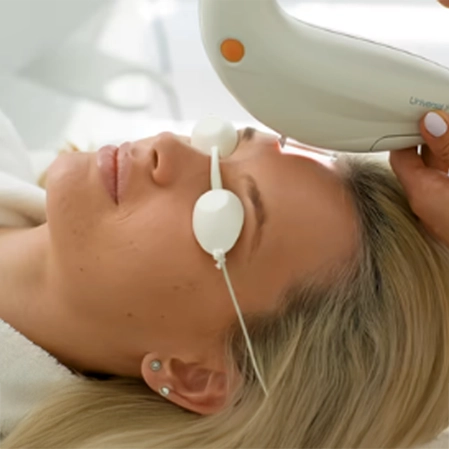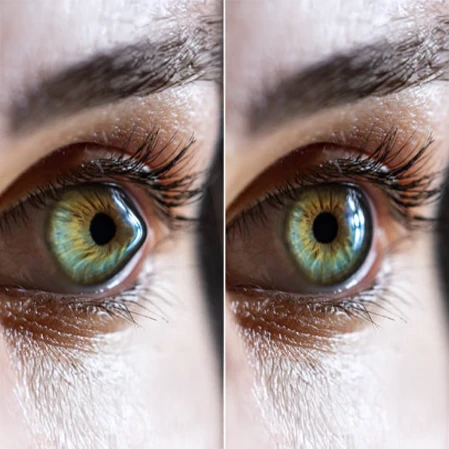Welcome To Our Office
At Santa Ana Optometry, we offer a full range of eye care services for both adults and children in Santa Ana, CA. Our mission is to safeguard and enhance your vision through compassionate, personalized, and affordable care. We proudly embrace our motto: “Happy Eyes, Happy Life.”
We are committed to enhancing each patient’s vision and overall quality of life by delivering expert care with advanced technology.


Dr. Thien-Thu Nguyen, O.D., brings a wealth of knowledge and a compassionate approach to eye care, helping you see the world more clearly. Our clinic is equipped with the latest technology to accurately diagnose and treat a range of eye conditions, from routine vision exams to more complex issues. We believe in fostering a welcoming environment where patients feel valued and informed about their eye care options. Trust us to enhance not only your vision but also your overall quality of life with professional and reliable services.
Eye Doctor Santa Ana CA
Located in the heart of Santa Ana, CA, Santa Ana Optometry, Inc. is proud to offer comprehensive eye care services designed to enhance your vision and support lifelong eye health.
Led by Dr. Thien-Thu Nguyen, O.D., our clinic is known for delivering safe, effective, and personalized care. With years of experience and a strong commitment to patient wellness, Dr. Nguyen serves individuals and families throughout Santa Ana and surrounding communities.
Whether you need a routine eye exam, contact lens fitting, or treatment for an eye condition, we’re here to help you see clearly and live comfortably.
Let us be your trusted eye doctor in Santa Ana CA.





